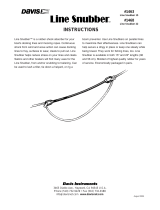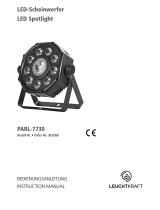
-- 2 --TOCe
LIST OF CONTENTS Page
READ THIS FIRST 4................................................................
INTRODUCTION 5..................................................................
TECHNICAL DATA 6................................................................
LOAD CHARACTERISTICS 7........................................................
COMPONENT DESCRIPTION 8......................................................
DTE 255 WIRING DIAGRAM 12......................................................
DTE 200 WIRING DIAGRAM 14......................................................
DESCRIPTION OF OPERATION 16....................................................
AP01 DC Control circuit board 16..................................................
AP01:1 Power supply 16..........................................................
AP01:2 Temperature and fan monitoring 17..........................................
AP01:3a Lift Arc Test voltage 18.....................................................
AP01:3b HF Start voltage 18........................................................
AP01:4 HF Generator 19..........................................................
AP01:5 Gas valve 19.............................................................
AP01:6 Gate pulses from AP01 20.................................................
AP01:7 Primary overcurrent protection 22...........................................
AP01:8 Arc voltage sensing 23.....................................................
AP01:9 Current monitoring 24......................................................
AP01 Component positions 25.......................................................
AP02 Primary IGBT circuit board 27................................................
AP02 Component positions 28.......................................................
AP03 Mains rectifier circuit board 29...............................................
AP04 Processor circuit board 30...................................................
AP04 Component positions 31.......................................................
AP05 Front panel circuit board 33..................................................
AP05:1 Power supply 33..........................................................
AP05:2 Operation mode selection 33...............................................
AP05:3 Analogue settings 34......................................................
AP05:4a Digital display 36..........................................................
AP05:4b Analogue settings and digital display 37......................................
AP05:5 Error monitoring 38........................................................
AP05 Version 1, Component positions 39..............................................
AP05 Version 2, Component positions 40..............................................
AP05 Version 3, Component positions 41..............................................
AP06 Start and remote control circuit board 42......................................
AP07 AC control circuit board 44...................................................
AP07:1 Power supply 44..........................................................
AP07:2 Gate pulses from AP07 45.................................................
AP07:3 Temperature and voltage monitoring 47......................................
AP07 Component positions 50.......................................................
AP08 Interference suppression board 52............................................
AP09 DTE 255 AC snubber ’A’ circuit board 53......................................
AP10 DTE 255 AC snubber ’B’ circuit board 54......................................
AP11, AP12 DC protection boards 55...............................................
AP09 DTE 200 AC snubber circuit board 56.........................................
SERVICE INSTRUCTIONS 58.........................................................
Soft starting 58
...................................................................
Gate pulses to the AC IGBTs 60....................................................
DC IGBT, test and fitting instructions 61............................................
AC IGBT DTE 255, test and fitting instructions 62...................................
AC IGBT DTE 200, test and fitting instructions 63...................................
Test circuit board 64..............................................................
Conversion to DC machine 66.....................................................
























